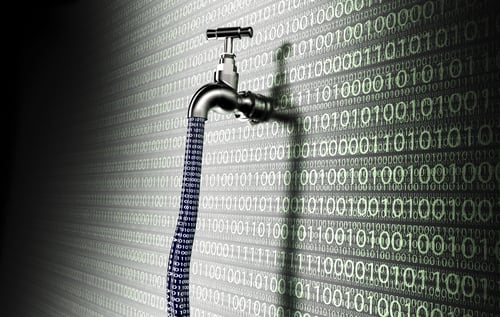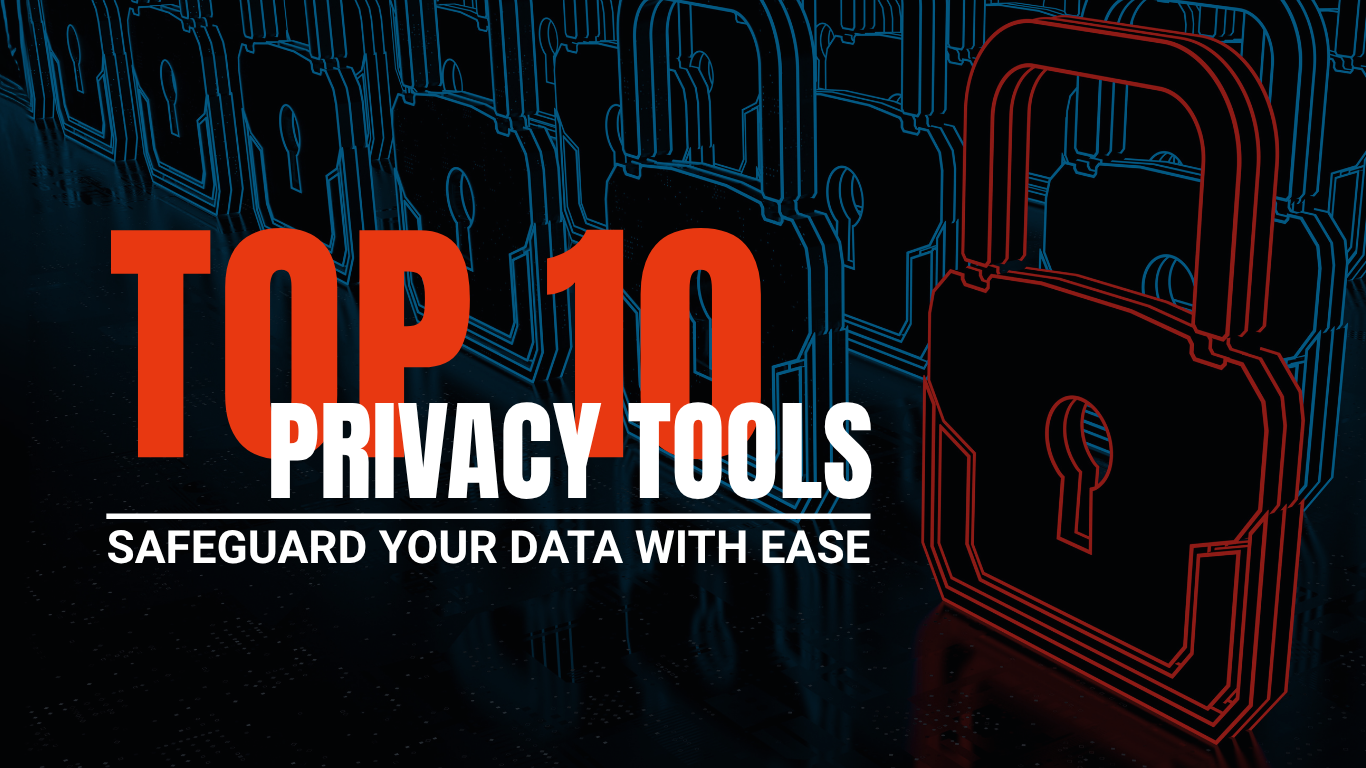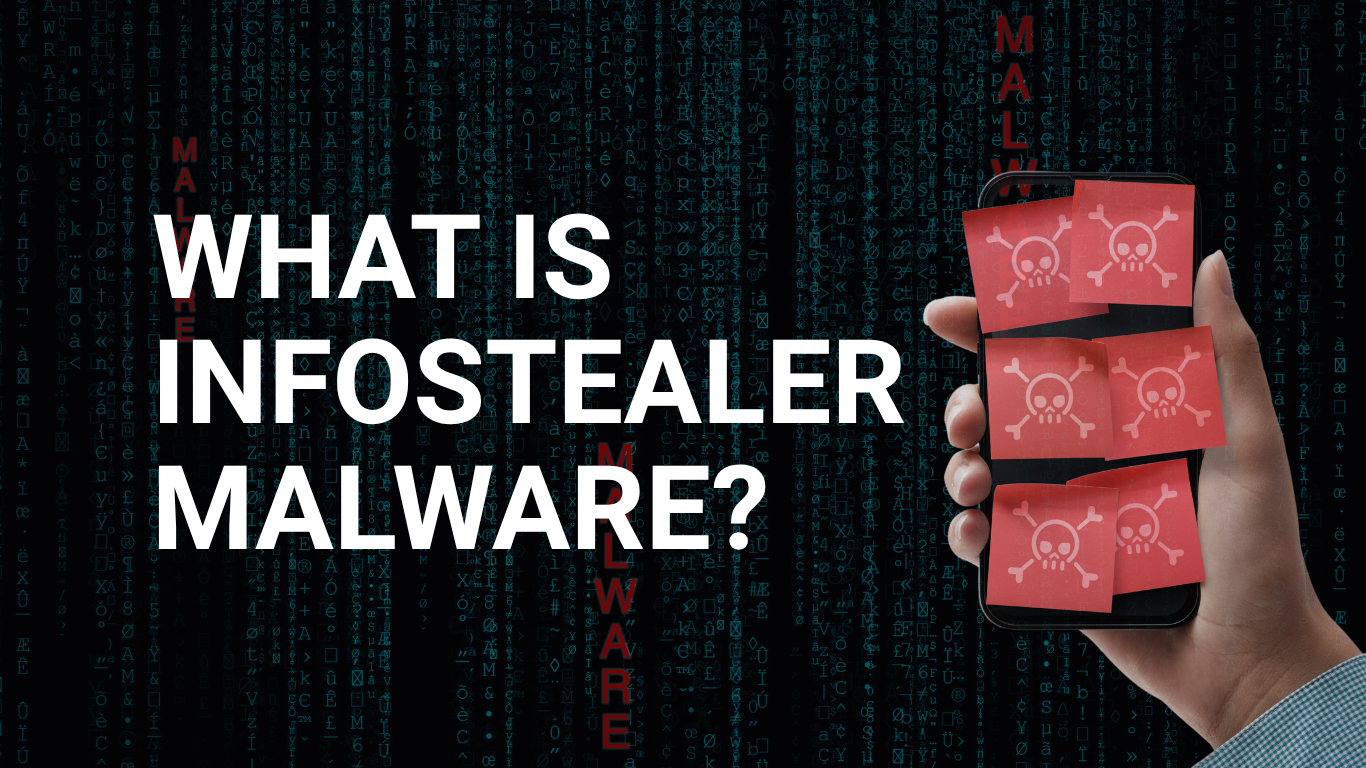What is Data Loss Prevention? (DLP) Definition & Best Practices
2021 was a bumper year for data breaches, with a whopping 22 billion records exposed in 4,145 publicly-disclosed breaches. Hackers and data thieves have continued to make merry in 2022, successfully breaching a staggering 108.9 million accounts in just the third quarter. The average cost of a breach has also gone up from $4.24 million in 2021 to $4.35 million in 2022.
To protect their data assets, organizations must be aware of these worrying trends. They must also ensure that their cybersecurity program includes strategies to prevent data breaches, losses, and misuse. One such strategy is Data Loss Prevention (DLP).
Definition of Data Loss Prevention
Gartner defines DLP as “a set of technologies and inspection techniques used to classify information content contained within an object — such as a file, email, packet, application or data store — while at rest (in storage), in use (during an operation) or in transit (across a network)”.
Simply put, DLP refers to all the technologies, tools, and techniques used to prevent the loss, leakage, or misuse of data that may occur due to a breach, unauthorized use, or deliberate exfiltration.
The Need for Data Loss Prevention
DLP solutions safeguard businesses against the loss of sensitive, confidential, or business-critical data. Oftentimes, stolen enterprise data ends up on the dark web where it can yield a substantial payout for cybercriminals. These losses and leakages can occur due to insider threats such as malicious employees, or due to external cybercriminals looking for a financial payout.
Data leaks can also happen due to human negligence. Example include employees emailing confidential information to an unauthorized user, sharing passwords via insecure instant messaging channels, and inserting sensitive information into a malicious link after falling prey to a phishing scam.
To prevent such adverse circumstances, organizations need a way to detect and prevent the unauthorized and malicious flow of information. Here’s where DLP comes in. DLP solutions can prevent data breaches and leaks by identifying inappropriate, anomalous, or suspicious user activity and isolating data when they detect such violations. They can also identify security incidents to expedite incident response and minimize their negative impact.
All in all, DLP tools are essential for enterprise cybersecurity because they enable organizations to:
- Identify and close security blind spots that put enterprise data at risk
- Proactively protect sensitive or confidential information, including intellectual property, financial records, and customers’ personally identifiable information (PII)
- Get complete visibility into all data assets, including data at rest, data in motion, and data in use
- Classify business-critical information to ensure appropriate use and storage
- Align information security policies with relevant regulations, such as HIPAA, PCI-DSS, or GDPR
- Conduct forensic investigations after a security incident
Types of DLP Solutions
There are multiple ways to categorize DLP solutions and technologies. One is by the type of data being protected. Different DLP technologies can protect data in use, data in motion, and data at rest. DLP tools typically protect data in use through user authentication and access control. Tools that encrypt data and provide email security are used to safeguard data in motion. Finally, some DLP technologies protect data at rest in various storage mediums and network locations, including the cloud, by implementing access restrictions and authenticating users.
Another way of categorizing DLP technologies is Enterprise DLP vs. Integrated DLP. Enterprise DLP solutions are more comprehensive and useful to prevent data leaks from desktops, servers, networks, and email. Integrated DLP solutions include secure web gateways (SWGs), secure email gateways (SEGs), and cloud access security brokers (CASBs), as well as tools and platforms for:
- Email encryption
- Enterprise content management (ECM)
- Data discovery
- Data classification
A third way to categorize DLP is based on the way enterprise data can be disclosed, lost, or compromised. One such way is email. Email-focused DLP tools detect incoming and outgoing email messages to spot phishing and social engineering attacks and prevent users from sharing enterprise data with malicious actors, either intentionally or by mistake. Similarly, an endpoint DLP solution will monitor all servers, computers, laptops, and mobile devices where data is used, saved, or moved. A network DLP tool monitors all data in use, in transit, and at rest on the corporate network and alerts administrators to anomalous or suspicious data or user behaviors. Finally, cloud DLP is aimed at monitoring and protecting data in cloud repositories.
DLP Best Practices to Safeguard Enterprise Data
The cost of a data breach goes beyond the financial. Reputational damage, regulatory fines, loss of customer trust, and legal battles are all possible repercussions of a single adverse event. DLP can help to prevent such damaging circumstances. For this reason, it’s crucial to implement the right DLP tools, processes, and controls by following these best practices.
Define business requirements and DLP objectives
Defining the business’ data security requirements makes it easier to define DLP objective(s) and deployment strategy. Knowing why data security matters to the business enables IT teams to create a deployment/implementation plan in line with identified objectives.
The plan itself should be communicated to all stakeholders so they understand the DLP tool’s purpose, intended use, and possible operational impact. Roles and responsibilities should be a part of the plan to ensure accountability and quick remediation of bugs.
Determine applicable security and compliance standards
One of the advantages of DLP is that it enables organizations to meet applicable compliance requirements. It’s important to know what these requirements are in order to streamline DLP deployment and optimization, and to determine how enterprise data should be monitored and protected.
Assess the organization’s overall security architecture and strategy
Many DLP solutions utilize cybersecurity measures, such as firewalls, antivirus software, and endpoint protection tools to monitor the enterprise environment and prevent data breaches. Some also use advanced technologies like artificial intelligence (AI) and automation for alerting, incident response, and remediation. To make the best use of these capabilities, the DLP solution must be integrated with all these elements in the company’s cybersecurity architecture.
Audit the data ecosystem
As companies collect and process ever-larger quantities of data, it can become difficult to safeguard it. Protection starts with knowing what needs to be protected. This means identifying which data is in use, which data is at rest, and which data is in motion, and understanding where these various data types reside. In order to identify the data, data audits and data inventories are required.
Audits and inventories make it easier for teams to understand what data would cause more damage if it were compromised. This understanding will guide appropriate data classification, prioritization, and protection activities.
Work with a knowledgeable implementation partner
DLP is too important to leave to an inexperienced in-house IT team. It’s always a good idea to work with a capable and trustworthy cybersecurity partner for implementing appropriate DLP solutions.
The right partner can design a DLP strategy and also help with DLP implementation, operations, and ongoing maintenance. A partner like ForeNova can also provide world-class managed detection and response (MDR) services for 24×7 monitoring of all enterprise networks, endpoints, cloud, and identities, which is essential to proactively detect cyberattacks and prevent data breaches. Furthermore ForeNova automatically detects in real-time if there are unencrypted data transfers leaving endpoints within the network.
Conclusion
Effective data breach and data leak prevention is only possible with effective DLP tools. These tools must be able to protect endpoints and provide full visibility into the threat environment.
ForeNova’s NovaGuard provides powerful threat detection for endpoints to prevent data leaks and breaches. Its unique ransomware honeypot feature prevents hostile data encryption and can detect widespread ransomware for proactive threat protection.
Another powerful ForeNova tool NovaCommand provides unprecedented visibility into the threat landscape so security teams can detect threats to enterprise data. Based on powerful behavioral detection and 800+ AI models, NovaCommand can trigger automated responses to stop attackers that try to get more access rights, and prevent data breaches before they can happen.
Click here to request a free demo of NovaGuard and NovaCommand.





